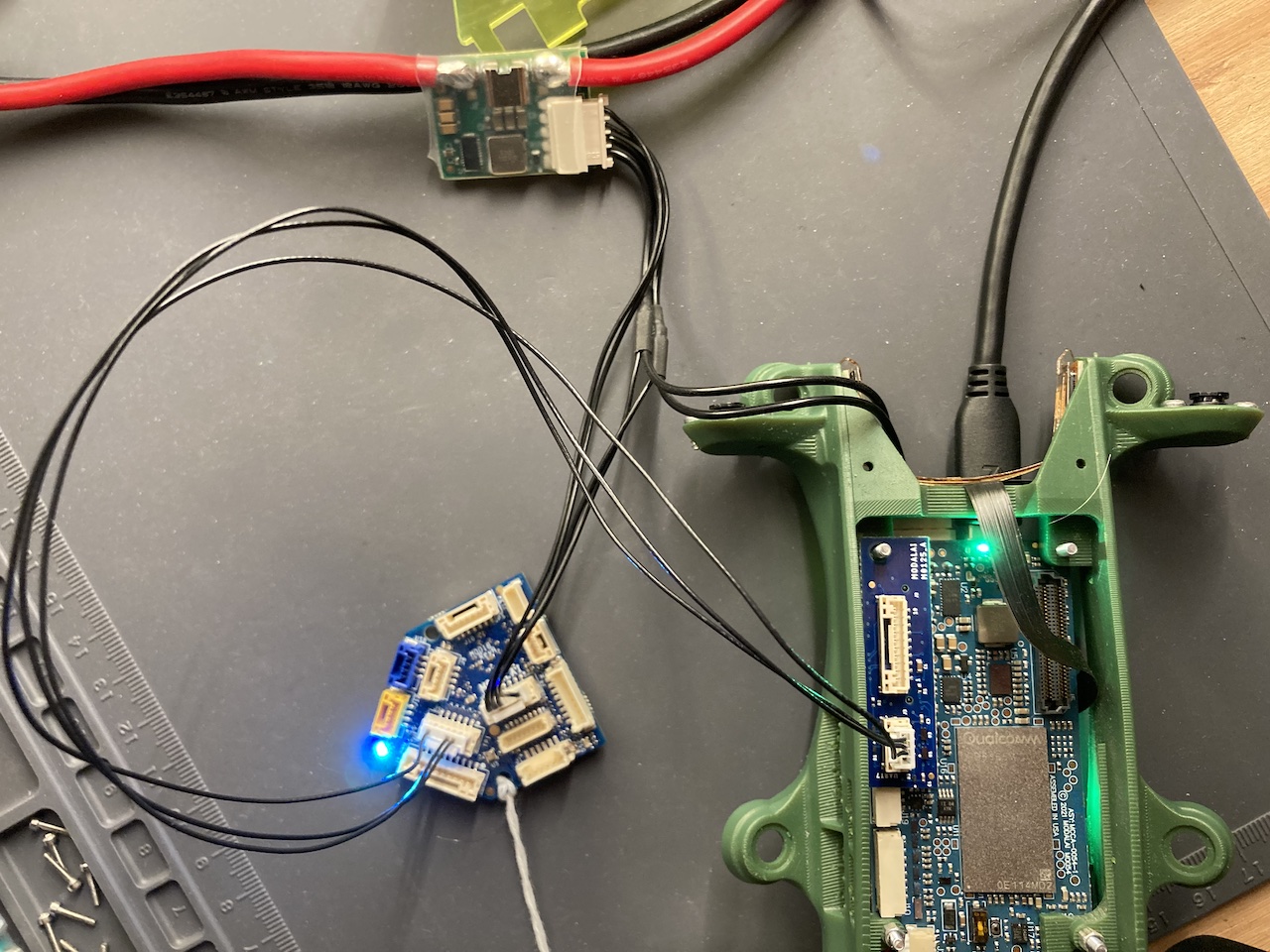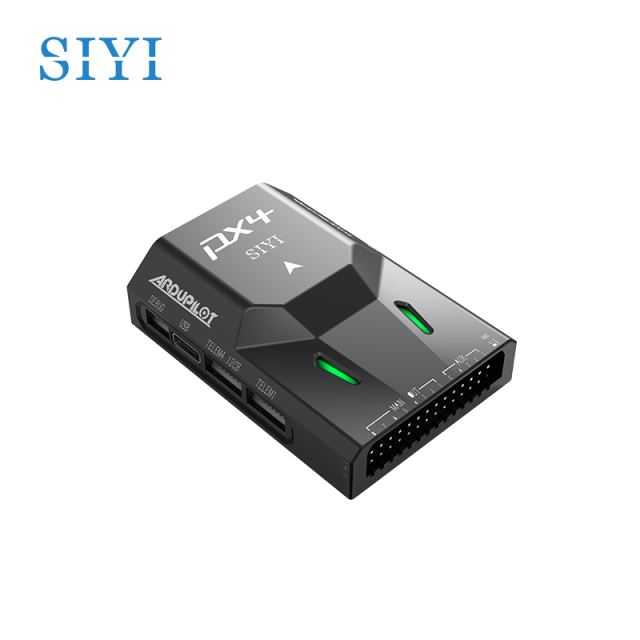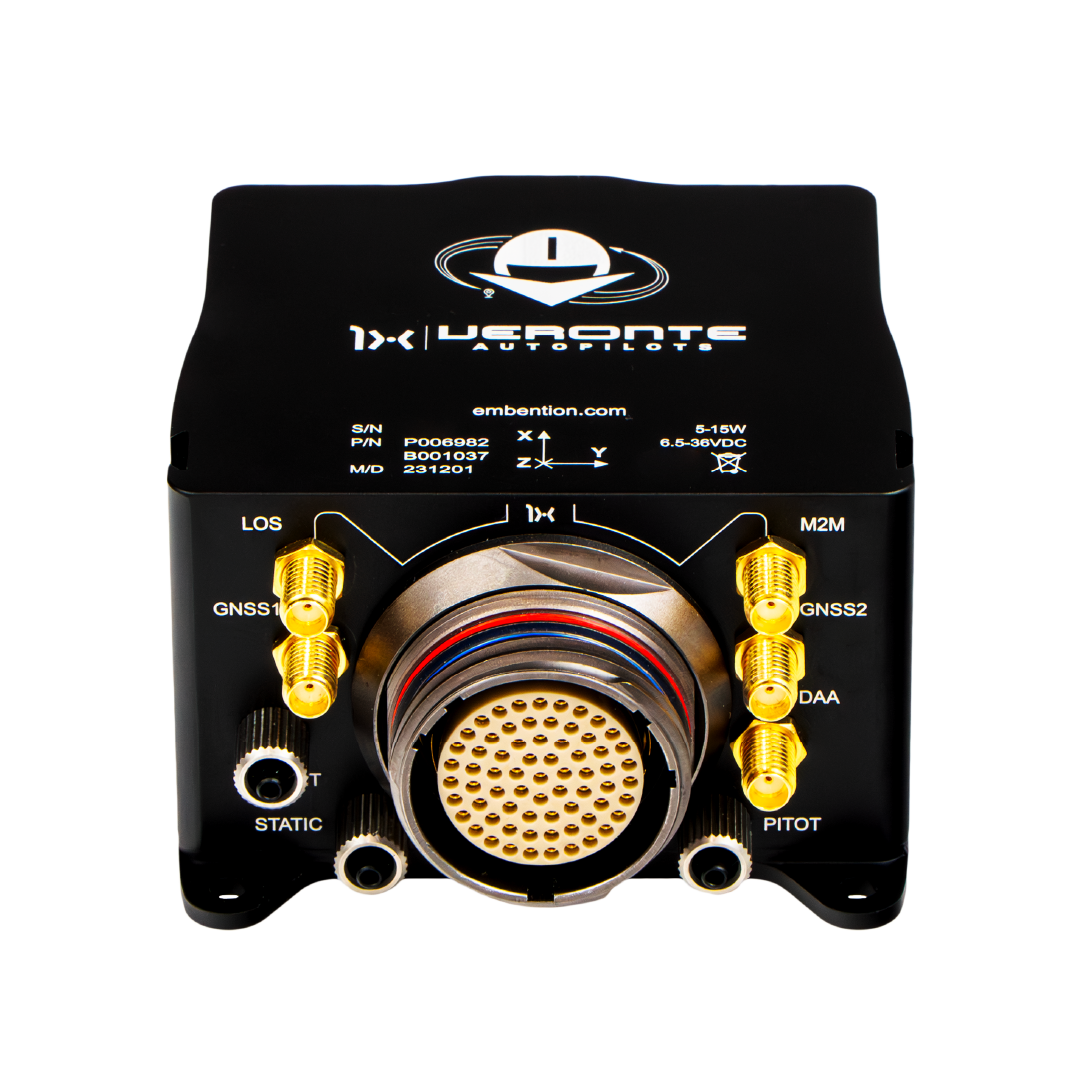SparkNavi Drone Flight Controller and GNSS/INS Made in Taiwan: Precision and Technology
SparkNavi Drone Flight Controller and GNSS/INS Made in Taiwan: Precision and Technology
Blog Article
Checking Out the Function of Drone Trip Controllers in Enhancing Flight Security and Navigating Effectiveness
The development of drone modern technology has actually considerably boosted the importance of flight controllers, which serve as the mind of these aerial automobiles. By incorporating real-time information from a range of sensing units, trip controllers enhance flight stability and navigation performance, making certain that drones can operate smoothly even in intricate atmospheres.

Comprehending Trip Controllers
Flight controllers are important components in the performance of drones, serving as the brains that stabilize and manage trip operations. These sophisticated tools procedure data from different sensors, consisting of accelerometers, gyroscopes, and GPS, to guarantee that the drone keeps its desired flight path. The trip controller interprets this data and executes commands based on pre-defined algorithms, allowing the drone to react to ecological modifications, such as wind or challenges.
The primary feature of a flight controller is to keep stability during flight. It accomplishes this by making real-time adjustments to the drone's electric motors and control surfaces, making certain equilibrium and control. Additionally, modern trip controllers include sophisticated attributes such as waypoint navigating, allowing for automated flight courses and improved operational effectiveness.
Recognizing the design of trip controllers is critical for both enthusiasts and professionals. As technology developments, trip controllers have come to be more capable and portable, incorporating man-made knowledge to enhance decision-making processes and adapt to intricate flight circumstances.
Key Components of Flight Stability
Achieving optimum flight stability in drones counts on several essential elements that operate in concert to make sure regulated and smooth procedures. Central to this security is the trip controller itself, which processes information from numerous sensors to preserve the preferred trip mindset. This consists of accelerometers and gyroscopes that gauge activity and orientation, permitting real-time changes to the drone's placement.
Another critical part is the digital speed controllers (ESCs), which control the power supplied to the electric motors. By finely adjusting motor speeds in feedback to flight controller commands, ESCs assist preserve equilibrium and combat disturbances triggered by wind or sudden activities.
Furthermore, the design of the drone's structure plays a pivotal function in flight stability. A well-structured framework decreases resonances and improves the general aerodynamic profile, adding to smoother trip features. The assimilation of advanced algorithms within the trip controller help in predictive adjustments, guaranteeing a versatile and responsive flight experience.
With each other, these parts develop a natural system that boosts a drone's security, enabling for specific maneuvering and enhanced performance in various flight conditions.
Navigating Performance Techniques
Effectiveness in navigation is important for optimizing drone operations, specifically in complex environments. Efficient navigation techniques boost the ability of drones to go across tough surfaces and avoid barriers, consequently enhancing operational efficiency and security.
One prominent technique is the execution of sophisticated GPS and inertial measurement systems (IMUs) that offer precise place tracking and positioning data. These technologies allow drones to calculate optimal flight courses in real-time, taking into account various aspects such as wind problems and possible obstacles.
An additional method includes using algorithms for course planning and optimization. Algorithms such as A * and Dijkstra's algorithm can be released to identify the most efficient path while reducing power intake and trip time. Furthermore, incorporating artificial intelligence designs can make it possible for drones to adaptively gain from their settings, enhancing navigation abilities with experience.

Impact on Autonomous Drones
The assimilation of sophisticated navigation techniques has actually profoundly changed the abilities of independent drones, enabling them to operate with greater autonomy and accuracy. SparkNavi drone flight controller and GNSS/INS made in taiwan. These enhancements are largely credited to advanced trip controllers that use real-time information processing and sensing unit fusion, allowing drones to navigate intricate atmospheres flawlessly
The effect on autonomous drones expands past simple navigation; it encompasses enhanced obstacle avoidance, improved stability during dynamic conditions, and boosted mission dependability. By leveraging algorithms that include machine knowing and expert system, drones can adapt to changing circumstances, making notified decisions that maximize their flight paths while minimizing risks.
Moreover, the implementation of durable flight controllers has promoted the implementation of complex jobs, such as aerial assessments, delivery straight from the source solutions, and farming monitoring, with minimal human intervention. This capacity not only enhances operations but also decreases human mistake, therefore improving general safety and security.
As a result, the operational range of self-governing drones has expanded dramatically, making them important devices in various sectors. Their capacity to execute efficiently in varied circumstances highlights the essential duty that advanced trip controllers play in shaping the future of unmanned airborne systems.
Future Fads in Flight Control
Often, developments in flight control modern technology are poised to redefine the landscape of drone operations in the coming years. Arising patterns suggest see a significant change in the direction of improved artificial intelligence (AI) integration, enabling flight controllers to process real-time information extra efficiently. This development will certainly assist in better decision-making capabilities, permitting drones to adapt to vibrant environmental conditions autonomously.
Additionally, the implementation of artificial intelligence algorithms is anticipated to enhance predictive maintenance, thereby minimizing downtime and extending the lifecycle of drone parts. This positive method to upkeep will be vital as drone applications broaden throughout different sectors, from agriculture to logistics.

.jpg)
Finally, developments in safe communication protocols will certainly address safety and security and governing concerns, making certain that drones can operate effortlessly in stuffed airspaces (SparkNavi drone flight controller and GNSS/INS made in taiwan). Jointly, these trends aim towards a future where trip control systems are not only smarter and much more effective however also qualified of running securely in an increasingly integrated airspace
Verdict
Finally, drone trip controllers are important to boosting trip stability and navigating efficiency through the sophisticated handling of sensing unit information. By maintaining ideal trip attitudes and employing advanced formulas for path optimization and challenge avoidance, these controllers significantly contribute to the freedom and functional security of drones. As innovation proceeds to evolve, additionally developments in trip control systems are expected, promising better efficiency and broadened capacities in the world of unmanned aerial vehicles.
By integrating real-time information from a selection of sensors, flight controllers improve trip security and navigating efficiency, guaranteeing that drones can run smoothly even in intricate atmospheres.Flight controllers are integral parts in the functioning of drones, serving as the minds that take care of and stabilize flight operations. Additionally, modern flight controllers integrate innovative functions such as waypoint navigation, permitting for automated trip paths and enhanced functional effectiveness.
Central to this stability other is the flight controller itself, which processes data from numerous sensors to preserve the desired trip mindset.In conclusion, drone trip controllers are essential to enhancing trip stability and navigating efficiency through the advanced handling of sensor information.
Report this page